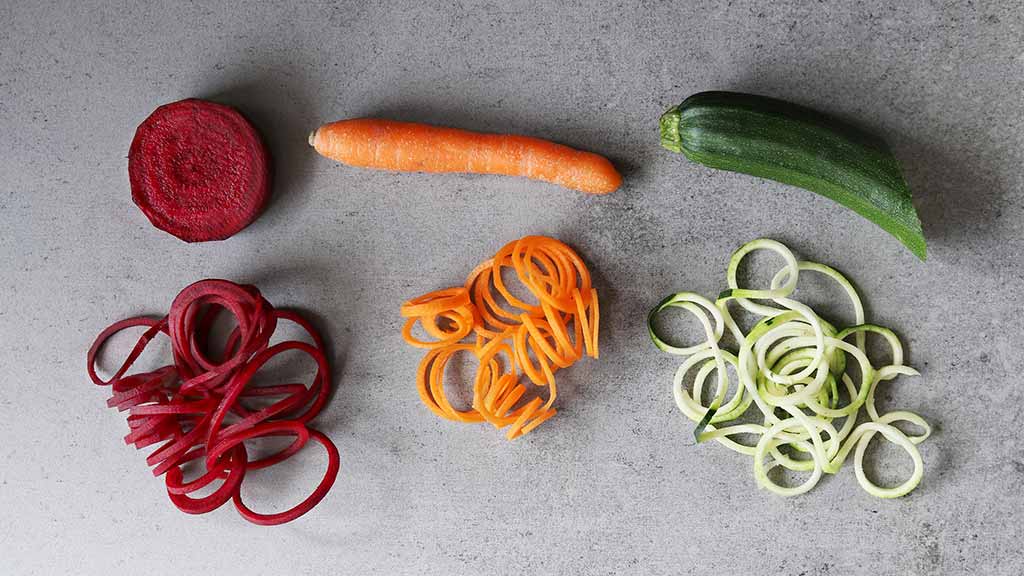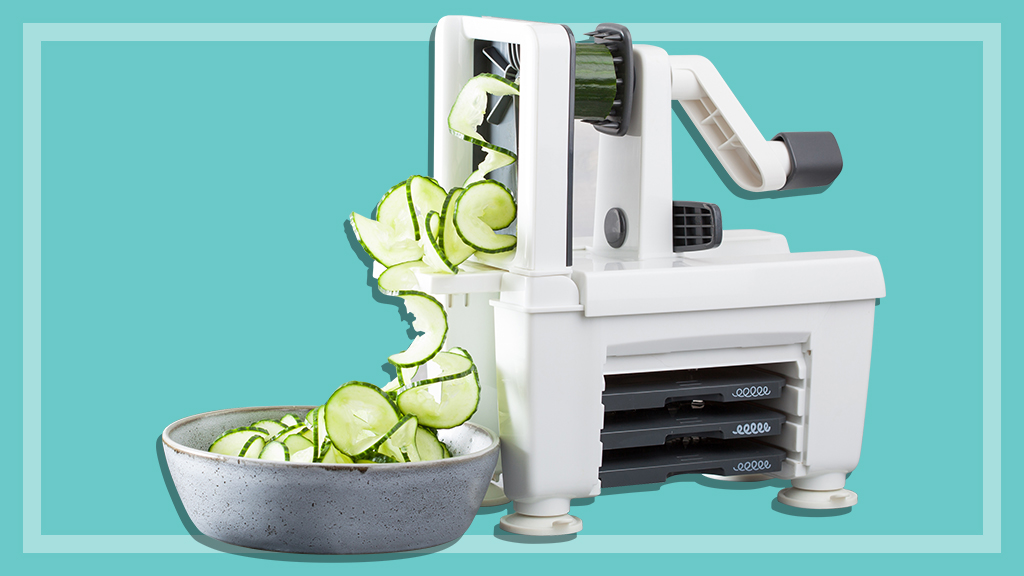Get our independent lab tests, expert reviews and honest advice.
How we test spiralizers

Spiralizers are a popular kitchen gadget that help you make fruit and vegetable noodles. With so many designs to choose from, our kitchen lab helps you choose one that’ll deliver great results with minimum fuss.
On this page:
Our expert testers
There’s no doubt that our home economist Fiona Mair knows her way around a kitchen and has seen gadget trends come and go. With 30 years of experience she has seen lots of new technology enter the kitchen space, and knows what makes a good appliance tick. Our test officer Chantelle Scodeller is also an expert in the kitchen, putting products through our rigorous test methods.
How we choose what to test
There are so many spiralizers on the market, including very cheap versions found in market stalls. Where possible we try to buy branded models available in department stores and kitchenware outlets.
To come up with our list, we survey manufacturers to find out about their range of models and we take member feedback on board. Our buyers then purchase products as you the consumer would, either in-store or online. This is to ensure that products we receive have not been tweaked in any way, or received special treatment during transit. We’ll disclose the rare cases when we’ve borrowed a major new model directly from the manufacturer (for example, if it’s not yet in the shops during testing).
How we test
Performance
To test performance, our experts spiralize three vegetables popularly used in these gadgets: zucchini, sweet potato and carrot. For each vegetable, we rate the appearance based on criteria including:
- evenness
- length
- whether the strings/noodles have separated properly
- whether noodles broke apart during spiralizing.
We also test apple spiralizing performance, but don’t currently incorporate it into the final score because not all models have this feature.
Ease of use
When assessing ease of use we look at a number of factors including:
- stability on the workbench or in the hand
- changing/assembling the blades
- ease of storing blades
- operating the levers/cranks
- comfort during use (which includes how easy it is to secure the fruit or vegetable on to the unit)
- ease of cleaning cracks and crevices
- safety features.
Test criteria explained
Our results consist of performance (60%) and ease of use (40%). Any spiralizers that score 70% or more overall can be recommended.






